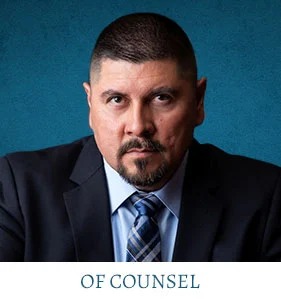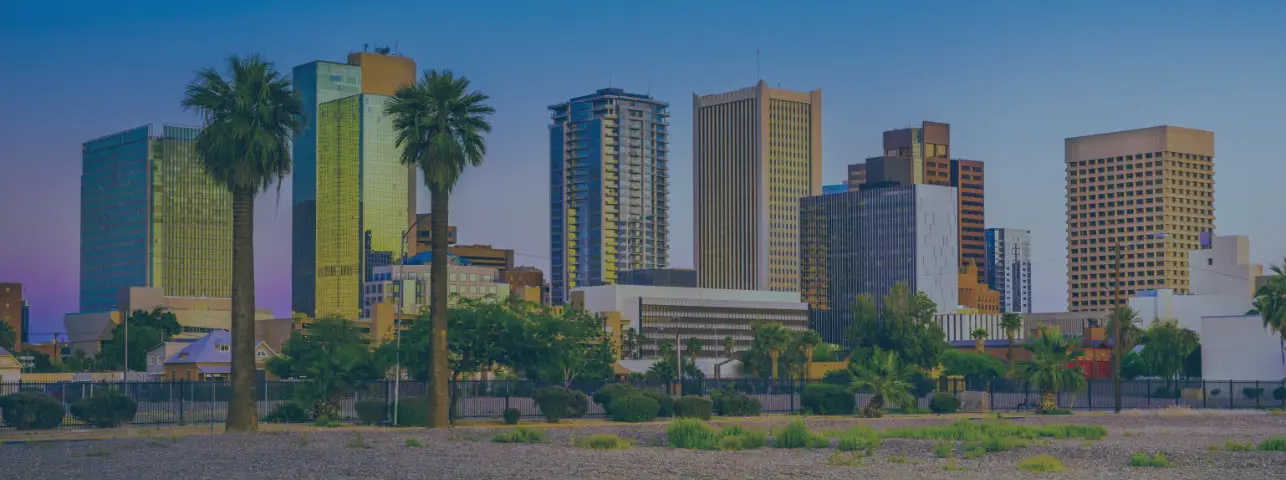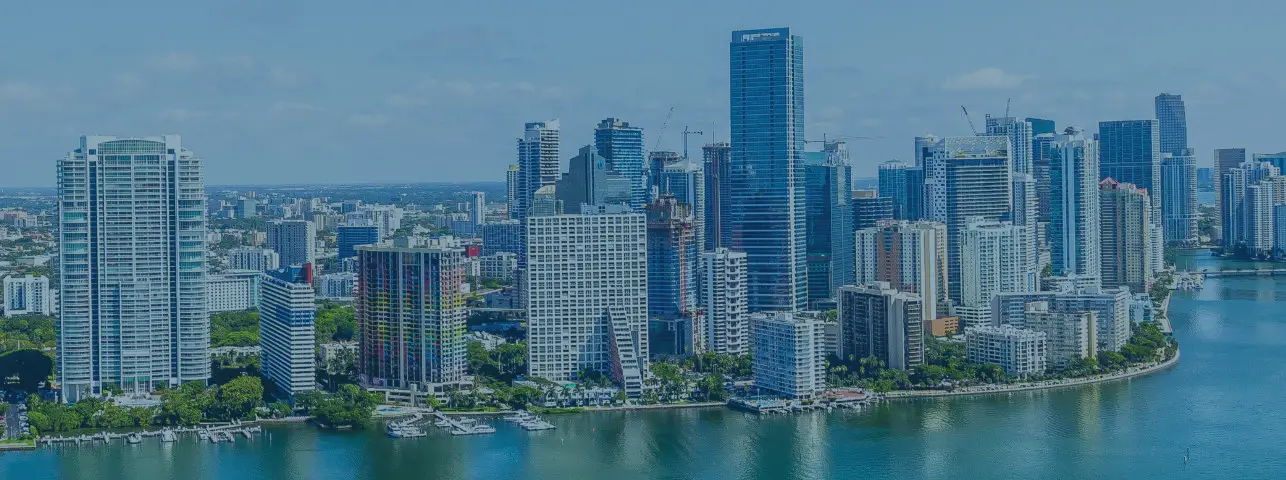CALL (888) 659 9392 TO SPEAK WITH PERSONAL INJURY LAWYERS FOR FREE
Grocery stores, retail stores, and other locations with products high on shelves present a large risk. You may be walking down the aisle of your favorite department or grocery store when an object suddenly falls off the shelf on top of you. The impact of this object could create severe or even life-threatening injuries.
Injuries and wrongful death resulting from fallen merchandise happen more often than you may think.
If you or a loved one has been injured by falling merchandise while shopping, call Zinda Law Group at (888) 659-9392 for a 100% free case evaluation with our personal injury attorneys.
COMMON CAUSES OF FALLING MERCHANDISE
Stores, including grocery stores, department stores, and warehouse stores (e.g. Walmart or Home Depot) may harbor dangerous environments for shoppers. Common causes of falling merchandise include:
Products That Were Improperly Stacked On Upper-Level Shelves
It’s common for shelves to be packed too full, especially during the holidays. Ideally, heavier items should be secured to the shelves, but employees rarely do this. For shoppers who want to grab an item from a top-shelf, it may be difficult to find assistance from a store clerk when the store is overcrowded and busy.
Products That Were Stacked Too High
Stacking items too high, especially heavier items, could cause the items to topple over and hit an unsuspecting customer.
Improper Employee Training And Supervision
Employees often stack large items on smaller items, creating a weight imbalance. The smaller objects may cave in causing the much larger and heavier items to topple over. Sometimes the merchandise is larger than the shelving unit but is placed there anyway, which leaves the item hanging over the edge.
Inadequate Warning Signs
Most customers are taken by surprise when merchandise falls on them without warning. Many customers aren’t aware that falling merchandise accidents are a common occurrence, and as a result, aren’t on the lookout for falling items and don’t reach for items with the appropriate amount of care and attention.
STORE RESPONSIBILITY FOR FALLING MERCHANDISE
A person who is injured by falling merchandise may file a premises liability claim against the store. A premises liability claim alleges that there was a dangerous condition on the property that injured the victim and that the store had a duty to remedy the condition, but failed to do so. The following must be proved in a premises liability claim:
- That a dangerous condition existed in the store
- That the owner knew or should have been aware of the condition
- That the owner failed to remedy the situation
- That the victim’s injury was caused by the dangerous condition
To prove that an owner should have known of the condition, a victim may use evidence of prior accidents involving fallen merchandise or demonstrate the fact that there were store employees in the area who could have seen the dangerous condition and failed to remedy it. If the owner made no attempt to fix the problem and it ended up injuring someone, then the owner may be liable.
COMMON FALLING MERCHANDISE INJURIES
The danger of this type of accident is that the first place an item is likely to strike is the head of the victim. Injuries are not just caused by large or heavy objects, but also by the momentum of an object as it falls, making even smaller objects dangerous if they fall from a high position. Common injuries sustained from falling merchandise include:
- Lacerations
- Bone fractures
- Bruises or concussions
- Traumatic brain injuries
- Death
HOW TO FILE A CLAIM FOR FALLING MERCHANDISE
If you were injured in a store because merchandise fell on you, you might want to file a personal injury claim to seek compensation for your injuries. Below are some steps you should take after an accident involving fallen merchandise:
1. Seek Medical Attention
Unless you’re wholly uninjured after an accident, you should seek medical attention immediately as soon as you can. Even with accidents involving minor impact, you may still sustain severe and permanent injuries to your head or brain. Additionally, if you lost consciousness or were dazed after being struck, you may have suffered a concussion.
2. Go Back to the Scene
You should return to the store where the accident occurred to look for anything that could have caused the merchandise to fall on you, such as:
- Uneven displays
- Merchandise stacked too high
- Heavy items that are not properly secured to shelving
- Shelves that aren’t attached to walls
- Wobbly shelves
In addition, look around for any store surveillance cameras. Most stores have cameras in place, so you should ask the manager to show you the video footage taken at the time of your injury. The camera may even provide a view from above the shelf, proving that merchandise was stacked too high or placed improperly.
3. Take Photos
If possible, you should take photos of the scene of the accident. This may include photos of any visible injuries you may have after the accident and any contributing factors you discovered. This evidence may help you prove your claim, and might even help prevent this accident from happening to someone else.
4. Protect the Physical Evidence
You may need physical evidence to support your claim. Because you were injured by falling merchandise, you should keep any torn or bloodied clothes you were wearing. If your eyeglasses were broken, then you should keep those as well.
Make sure to maintain a list of doctors that treat you, so you may later have detailed medical records.
Additionally, your personal injury lawyer may even want to find similar merchandise in order to prove the weight of the items that fell on you.
5. Identify Witnesses
Do your best to find the names and contact information from any witnesses. Helpful witnesses may include:
- A witness who saw an employee walk by the dangerous condition and ignore it
- A witness who saw another customer almost get hit by falling merchandise
These types of statements may be compelling evidence that the store was aware, or should have been aware of the hazard that caused your injury.
6. Contact a Personal Injury Attorney
An attorney may assist you in gathering and organizing the evidence of your claim. Your attorney may also ask the court to release the store’s surveillance footage of the accident, and create a case that helps prove that the store is liable for your injuries.
COMPENSATION
Typically, damages for personal injury claims fall under two categories: economic or non-economic damages.
Economic Damages
The two main types of economic damages are medical expenses and lost wages. Medical expenses may include:
- Ambulance transportation
- Hospital fees
- Costs of rehabilitation and physical therapy
- Costs for possible future medical treatment
Lost wages represent the time you are off from work because of your injuries from the accident. Specifically, lost wages may include:
- Bonuses
- Overtime
- Vacation time
- Loss of earning capacity
Non-Economic Damages
Non-economic damages are losses or injuries that are not defined in monetary terms. Non-economic damages may cover:
- Pain and suffering
- Emotional distress
- Physical impairment
- Physical disfigurement
- A lowered quality of life
- Mental anguish
Calculating the amount of a victim’s non-economic damage after an accident may be a complicated process. Keep in mind that the main goal of awarding non-economic damages is to help compensate for the losses that affect a victim’s enjoyment of life, and to bring a victim as close as possible to the state they were at prior to the accident.
STATUTE OF LIMITATIONS
If you’ve been injured in an accident caused by falling merchandise, it’s important to keep in mind that there is a statute of limitations for these kinds of cases. The statute of limitations mandates that a victim must file their personal injury claim within a certain time period after the date of the accident.
Once this deadline passes, the victim is barred from seeking compensation for their injuries.
Because each state has its own time limit for personal injury cases under the statute of limitations, it’s important that you find out how many years you’ll have to file your lawsuit after the date of your accident.
TRUST THE PERSONAL INJURY LAWYERS AT ZINDA LAW GROUP
At Zinda Law Group, our personal injury attorneys have the experience and knowledge that has helped injured victims seek compensation after suffering an injury from a falling merchandise accident. We have the maximum knowledge and resources necessary to help you build the strongest case possible and to seek the maximum compensation you may be entitled to.
Our firm also believes that an injured victim should never have to worry about their ability to afford excellent legal representation. That is why we offer 100% free consultations, and why you pay nothing unless we achieve a favorable settlement, judgment, or verdict for your personal injury claim. That’s our No Fee Guarantee.
If you or a loved one has sustained injuries due to falling merchandise, call Zinda Law Group at (888) 659 9392 for a 100% free case evaluation with our personal injury attorneys.
Meetings with attorneys by appointment only.

























